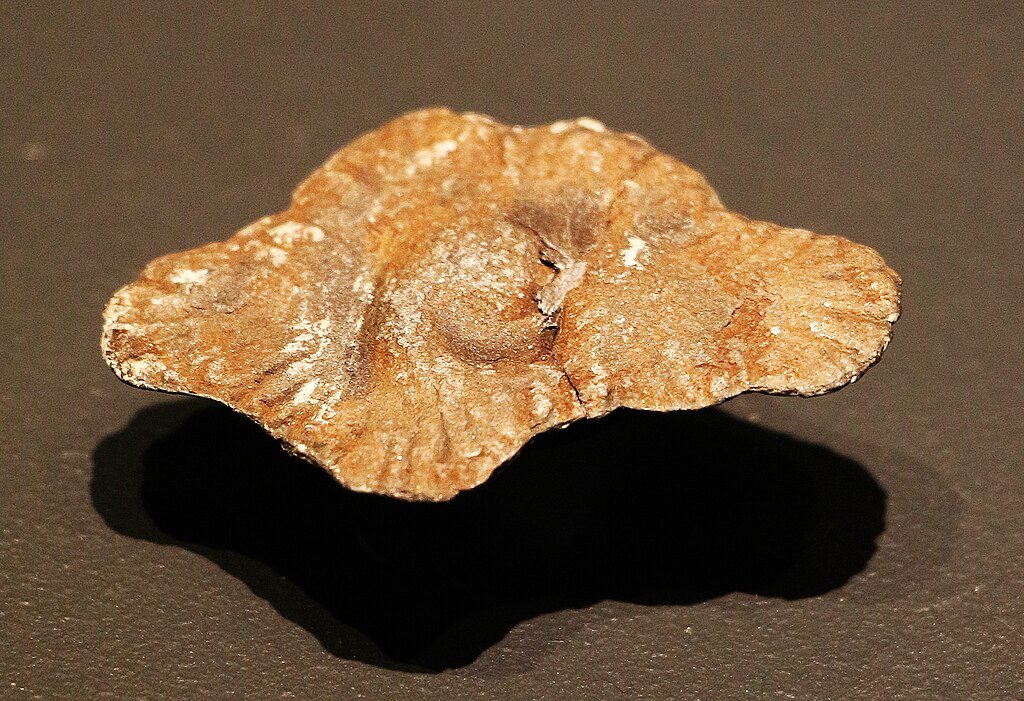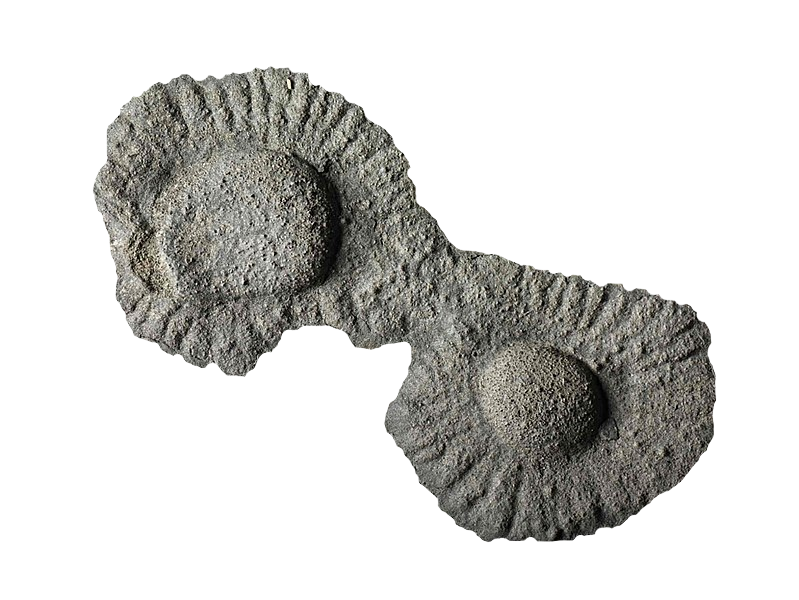A new study published in Nature Communications reveals that some of Earth’s earliest complex organisms evolved a remarkable survival mechanism: storing arsenic inside their cells. This adaptation helped them endure the chemically hostile oceans of the Paleoproterozoic era, offering rare insight into how life persisted during a time of rising oxygen and environmental stress.
Fossils from a Volcanic Past

Researchers examined 2.1-billion-year-old fossils from the Francevillian Basin in Gabon, remnants of early eukaryotic life that emerged after a local underwater volcanic event enriched the basin with nutrients. Using advanced X-ray microtomography and fluorescence spectroscopy, the team detected arsenic sealed within specialized compartments of the fossilized cells, confirming a biological, not geological, origin.
Arsenic as a Survival Strategy
The study suggests that these early eukaryotes evolved to compartmentalize arsenic as a detoxification response. As atmospheric oxygen increased, arsenate, a toxic form of arsenic, became more prevalent in seawater, competing with phosphate, a vital nutrient. By isolating arsenic, these organisms could survive in environments that would have been lethal to less-adapted life forms.
Evolutionary Implications
This discovery provides some of the earliest direct evidence of cellular adaptation to environmental toxins. It supports the idea that complex life emerged not in stable conditions but in chemically dynamic ecosystems. The ability to manage arsenic toxicity may have been a key evolutionary innovation that enabled early eukaryotes to diversify and persist.
Conclusion

The Francevillian fossils offer more than a glimpse into ancient biology; they reveal a survival blueprint etched into the earliest chapters of life. By locking away arsenic, these organisms demonstrated a level of cellular sophistication that helped shape the trajectory of evolution. As co-author Dr. Ernest Chi Fru noted, “It was really vital for organisms such as eukaryotes to have strategies to cope with this most toxic element.”
Source:





